Hadouken-ing - When Street Fighter Became a Meme
There was a moment in 2013, when the internet decided to abandon all pretenses of reality and fully embrace the art of looking like you’d just been blasted into next week by a Street Fighter special move. It was called Hadouken-ing, and all it took was some impeccable timing, a camera, and at least one person willing to throw themselves backwards like they’d just been punched by an energy blast.
Street Fighter II, the defining piece of arcade-era perfection that gave us a lexicon. The Hadouken, that elegant, two-handed energy blast wielded by Ryu and Ken (and later, a whole host of characters with varying levels of dramatic flair), became the move. The Shoryuken was stylish, the Tatsumaki Senpukyaku had flair, but the Hadouken? That was the people’s move. It was simple. It was devastating. And, crucially, it was easy enough to make into a meme.
So in 2013, fueled by Japan’s love of the absurd and an internet desperate for fresh ways to make itself laugh, Hadouken-ing was born. The concept was simple: one person posed as if launching an invisible Hadouken, and one or more unfortunate souls flung themselves through the air as if they’d just been struck by pure, unfiltered chi. The more exaggerated, the better. A properly executed Hadouken-ing photo looked less like a playful internet trend and more like a moment of the supernatural caught on film. Arms flailing, legs bent at improbable angles—some of the best attempts made it seem like physics itself had taken a break.
Naturally, the thing went viral. Japanese schoolgirls were the first to get in on the act, performing stunts that looked suspiciously like they belonged in The Matrix. Then the trend spread, reaching the West, where celebrities like Alison Brie and the cast of The Good Wife joined the madness. Soon, entire sports teams, office workers, and even pets were being recruited for mid-air beatdowns.
But, as with all internet phenomenons, it wasn’t long before people began arguing over who actually deserved credit for it. Some claimed it wasn’t really Hadouken-ing at all, but a sneaky rebranding of the Dragon Ball Z Kamehameha attack, since both involved dramatically outstretched hands and imaginary energy waves. Others, more cynical, accused the whole thing of being a stealth marketing campaign for Dragon Ball Z: Battle of Gods. The debate raged on in forums, but the photos kept coming. Because, at the end of the day, whether you called it Hadouken-ing, Kamehameha-ing, or just throwing yourself through the air for internet points, the spirit remained the same.
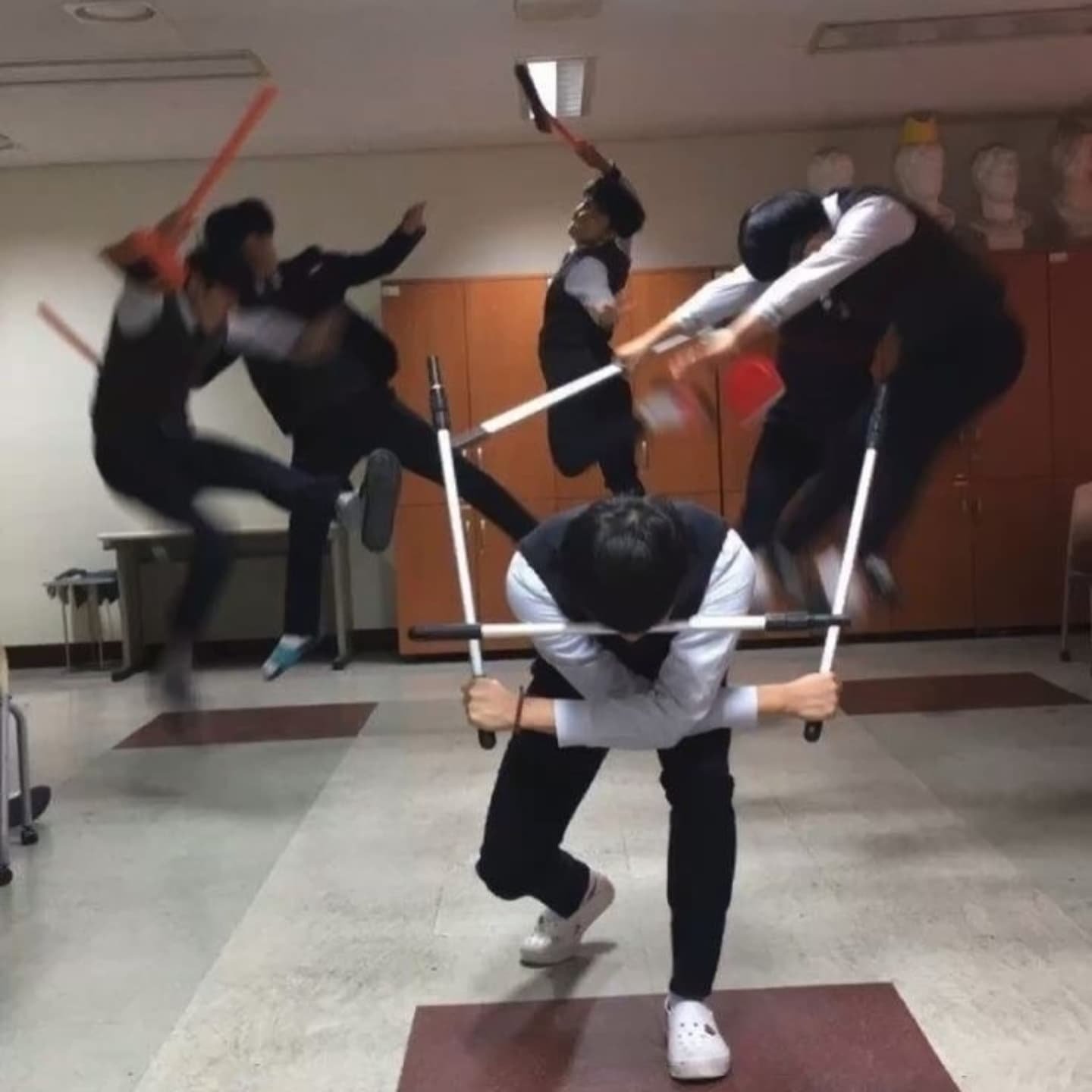

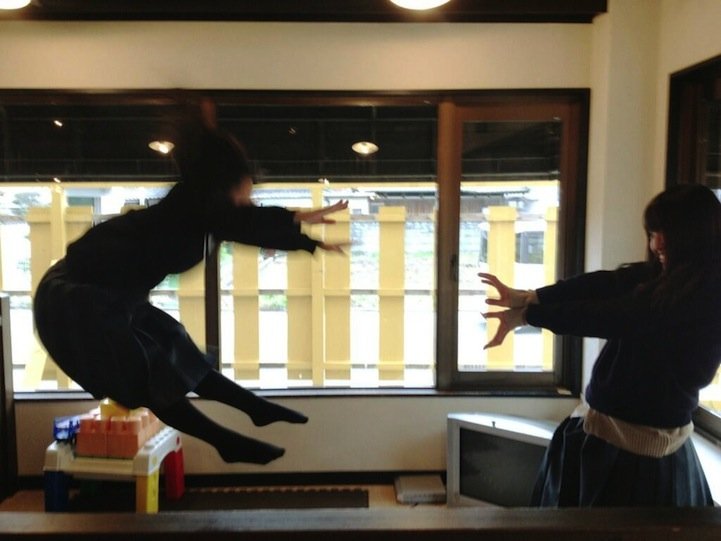

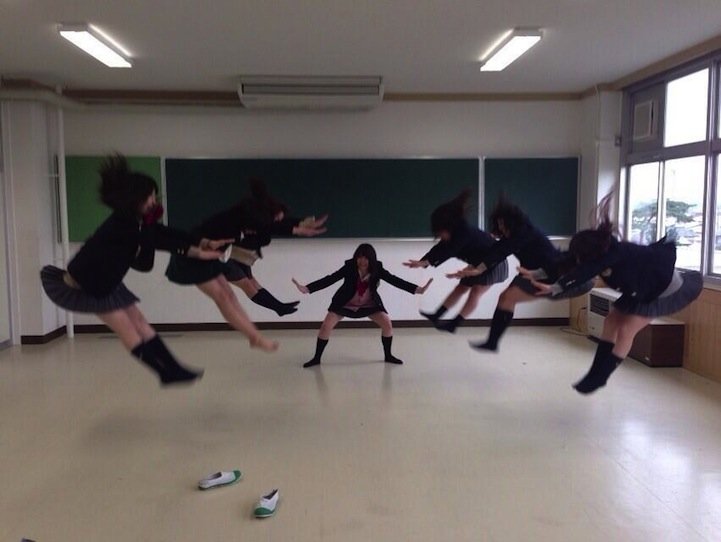
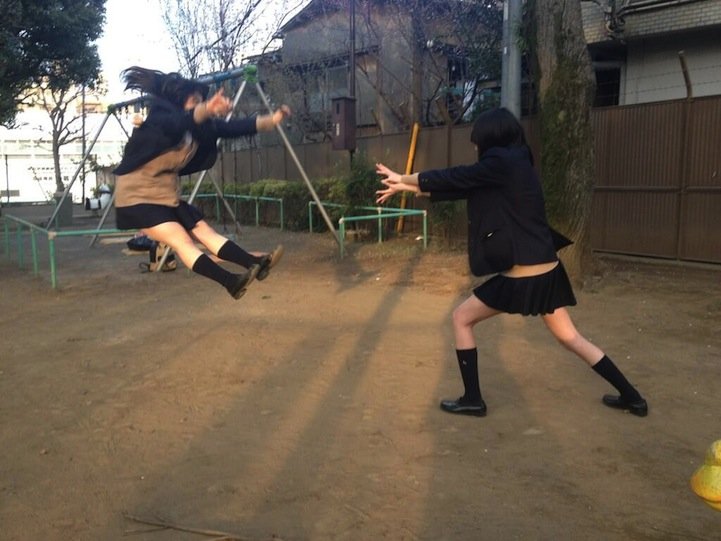
Of course, like all good memes, Hadouken-ing eventually faded from the limelight. The internet moved on, attention spans shifted, and people found new and exciting ways to throw themselves at the ground in the name of viral entertainment. Deep in the archives of Instagram and Tumblr, there are still photos of people mid-flight, legs akimbo, faces frozen in expressions of faux shock, forever caught in the moment they took a Hadouken to the chest.


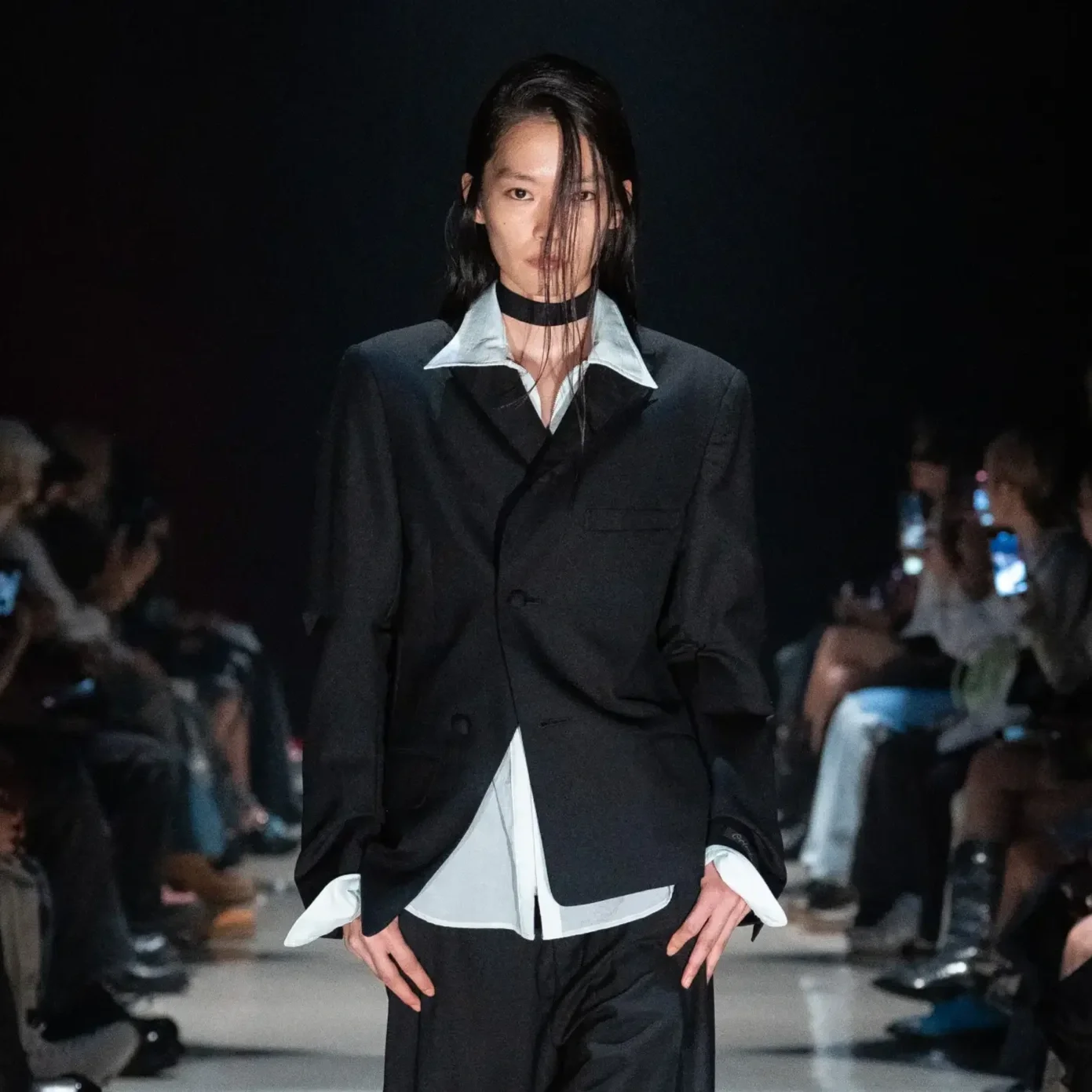

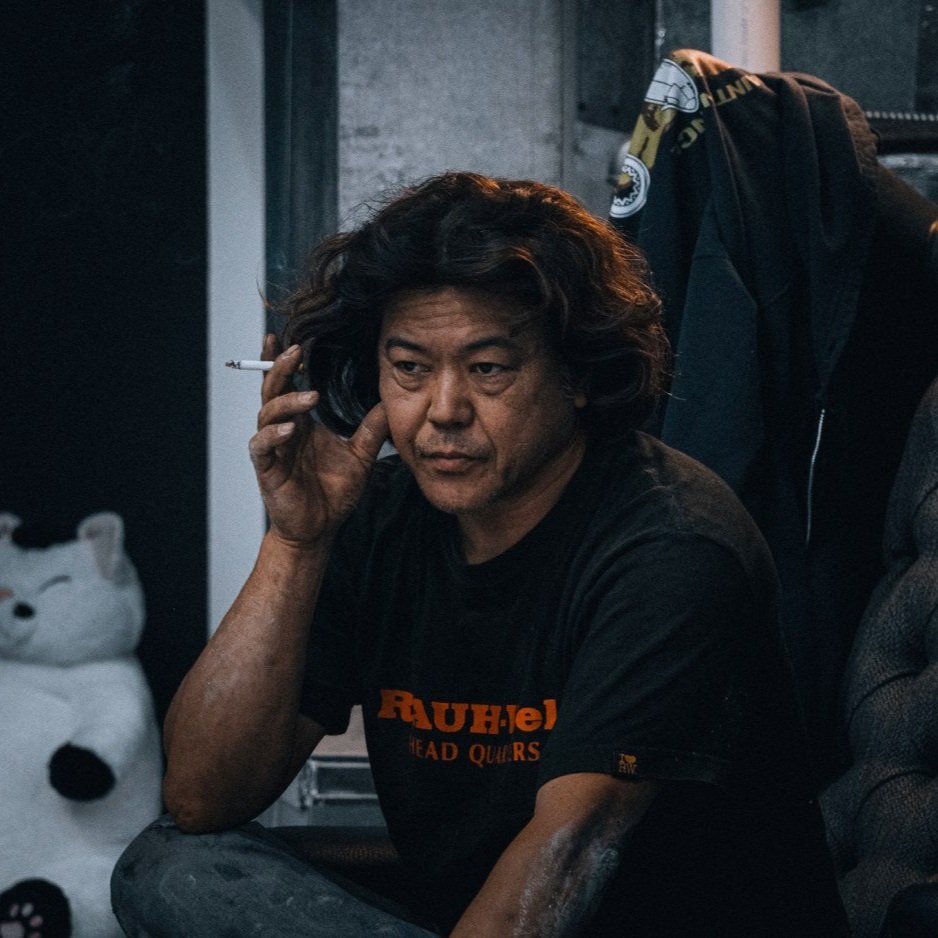
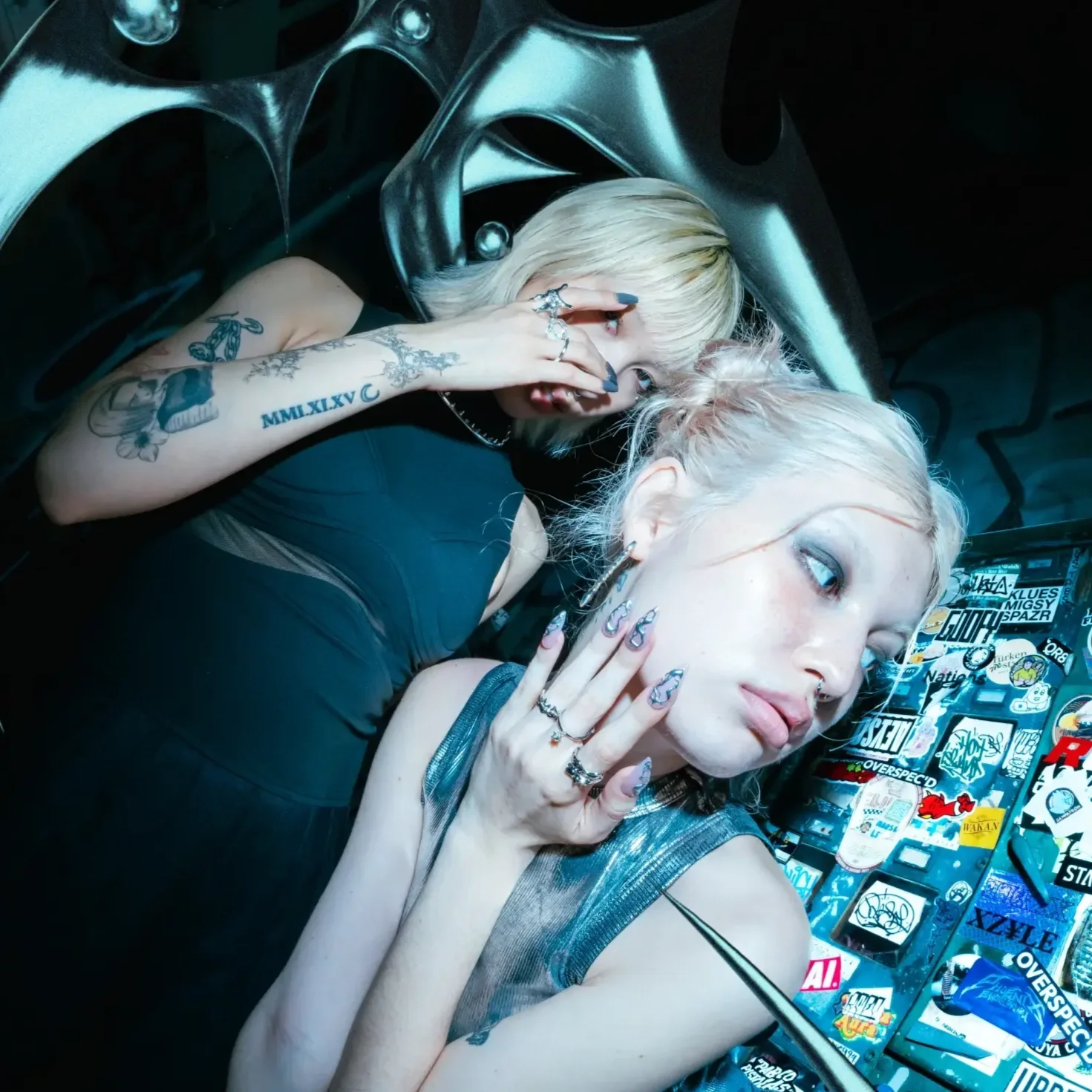
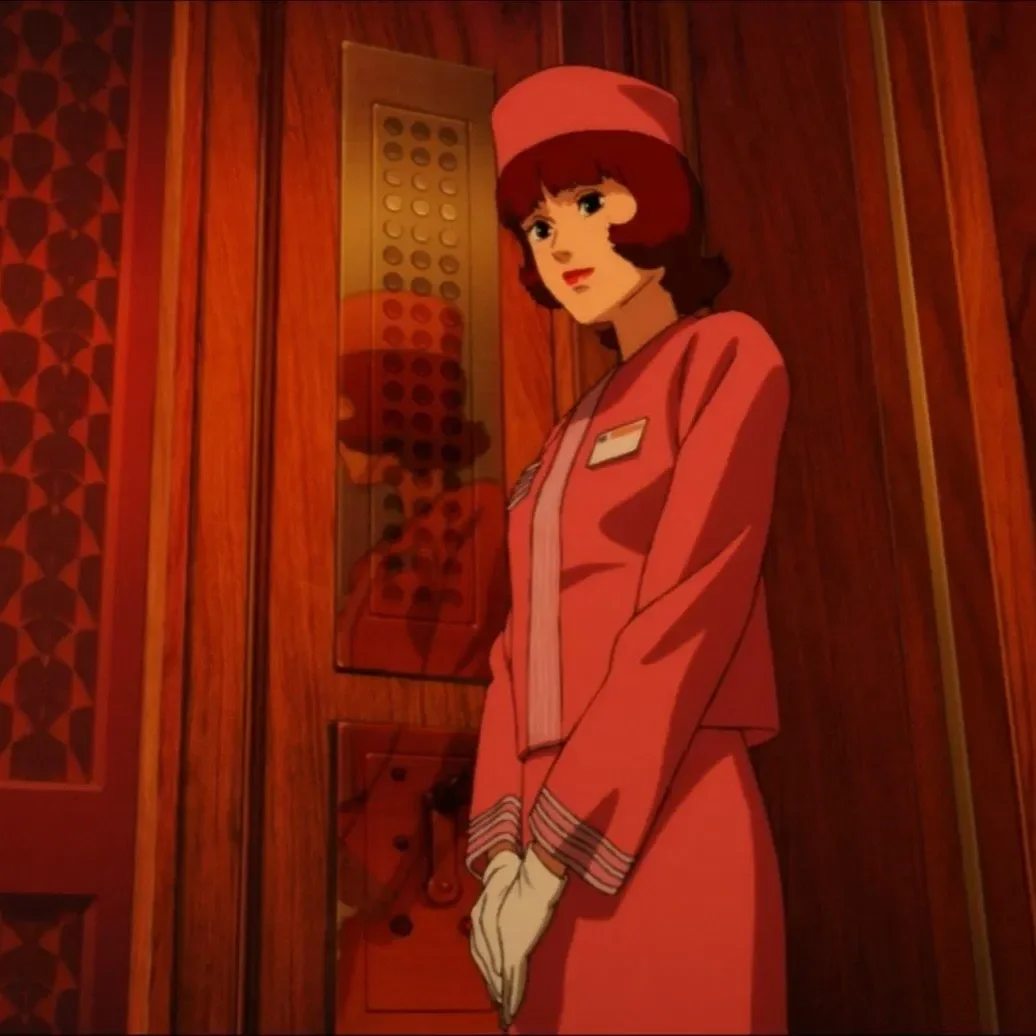
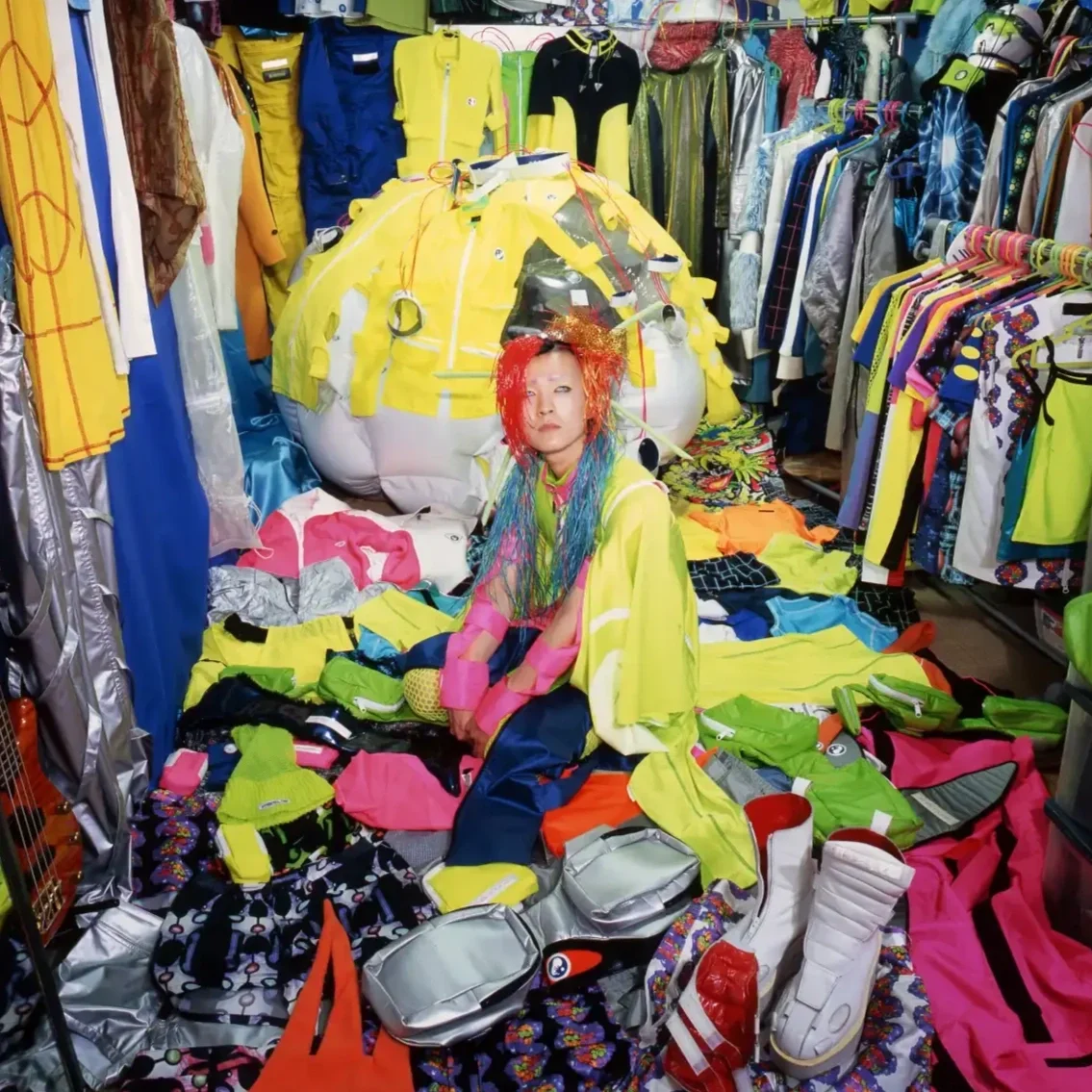
Only in Japan do macots get stuck on their daily commute.